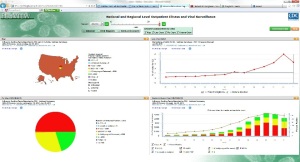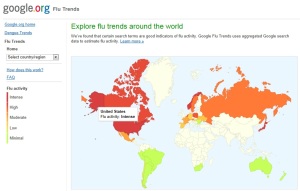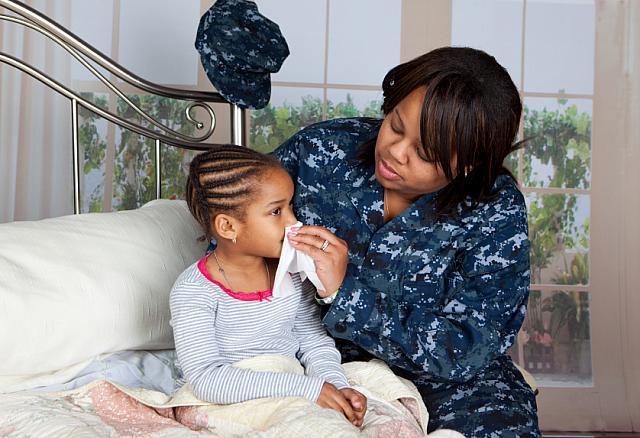Recognizing Frostbite
At the first signs of redness or pain in any skin area, get out of the cold or protect any exposed skin—frostbite may be beginning. Any of the following signs may indicate frostbite:- a white or grayish-yellow skin area
- skin that feels unusually firm or waxy
- numbness
What to Do
If you detect symptoms of frostbite, seek medical care. Because frostbite and hypothermia both result from exposure, first determine whether the victim also shows signs of hypothermia, as described previously. Hypothermia is a more serious medical condition and requires emergency medical assistance.If (1) there is frostbite but no sign of hypothermia and (2) immediate medical care is not available, proceed as follows:
- Get into a warm room as soon as possible.
- Unless absolutely necessary, do not walk on frostbitten feet or toes—this increases the damage.
- Immerse the affected area in warm—not hot—water (the temperature should be comfortable to the touch for unaffected parts of the body).
- Or, warm the affected area using body heat. For example, the heat of an armpit can be used to warm frostbitten fingers.
- Do not rub the frostbitten area with snow or massage it at all. This can cause more damage.
- Don’t use a heating pad, heat lamp, or the heat of a stove, fireplace, or radiator for warming. Affected areas are numb and can be easily burned.
Taking preventive action is your best defense against having to deal with extreme cold-weather conditions. By preparing your home and car in advance for winter emergencies, and by observing safety precautions during times of extremely cold weather, you can reduce the risk of weather-related health problems.
Content from CDC
 1.
1. 
